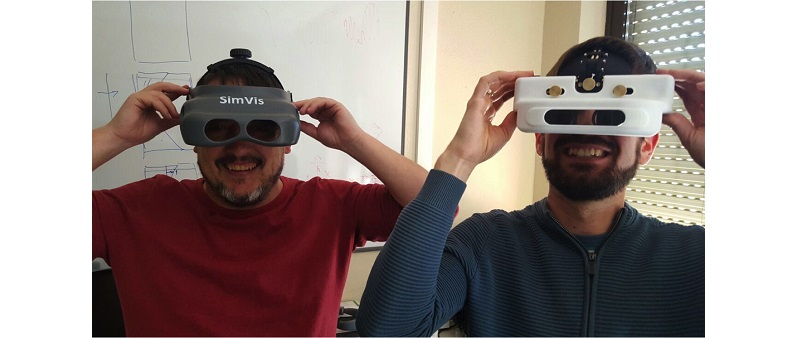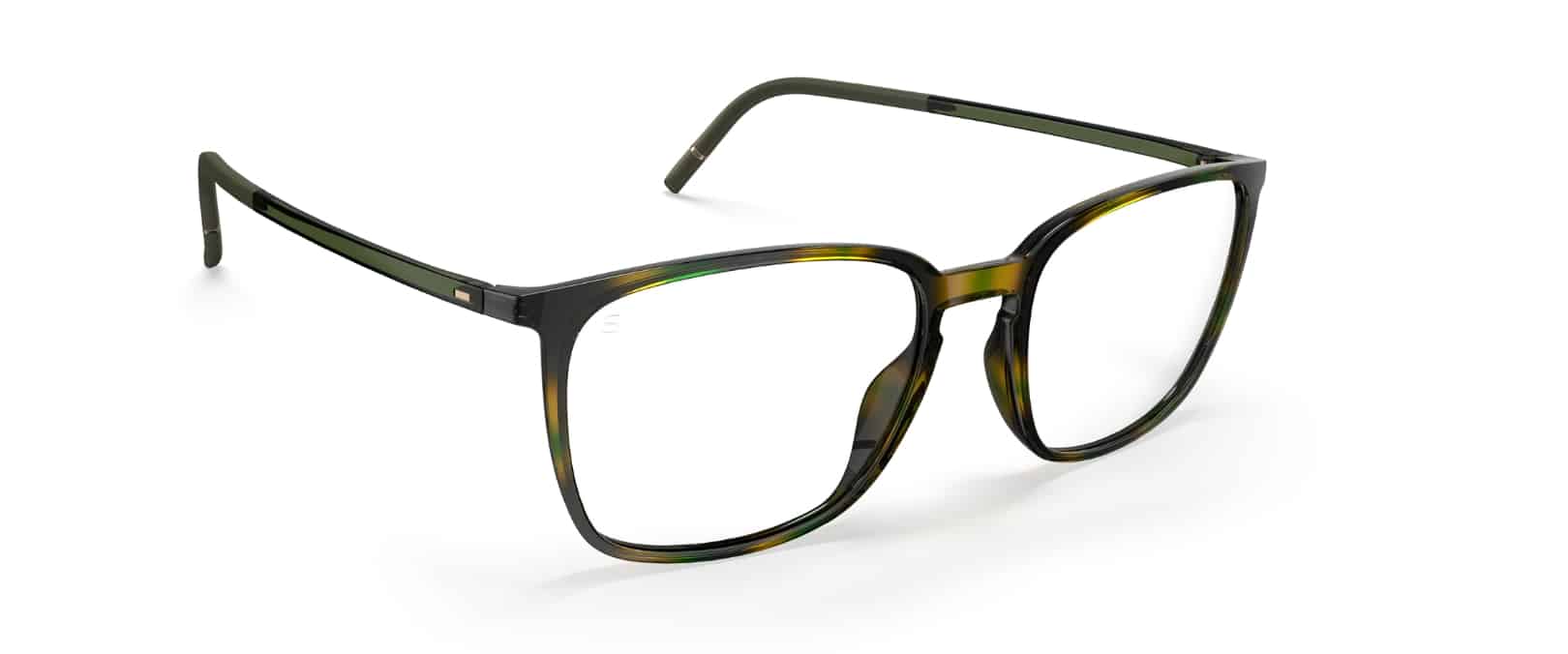A Visual Simulator Lets Patients Experience How Their Vision Will Improve Before Surgery
Thursday, March 21 2019 | 06 h 32 min | Vision Science
Patients will be able to experience how surgery will improve their vision before-hand, thanks to a new wearable visual simulator.
The Spanish group led by Maria Vinas at the Institute of Optics, National Research Council in Madrid, used adaptive optics based on deformable mirrors and tunable lenses to develop SimVis, a visual simulator to reproduce the visual quality that patients would experience with real multifocal intraocular lenses.
Adaptive optics simulators are particularly useful for testing vision in patients new lens designs, since the testing can be done “prior to delivering surgical corrections to the patient or even manufacturing the lenses.”
The purpose of SimVis is for patients to “try” intraocular lenses before they get the surgery, so they know what they are buying, and remove some of the uncertainty with the results of cataract surgery.
The simulator is controlled by wireless tablet with the ability to adjust the lenses and record the results in real-time. The simulator’s performance was measured by bench tests and with seven cyclopleged patients. “We found a general good correspondence between the through-focus performance with the real and simulated M-IOLs, both optically (on bench) and visually (measured VA in patients),” the article said.
The results were published in the February issue of Scientific Reports. The technology has been patented by 2EyesVision S.L., a company founded by the researchers. Their current objective is to miniaturize the design of the simulator and create a more practical design.








